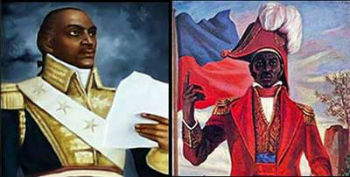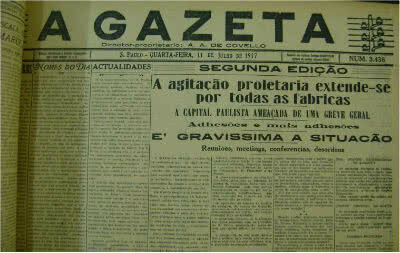Spartacus (or Spartacus) was a famous slave who lived among the roman civilization and rebelled against it, commanding a revolt which grouped about 70 thousand slaves. During three years, between 73 and 71 a. C., Spartacus and his followers faced several legions of the Roman army, defeating them at various times.
born in Thrace, a region where today part of the territories of Greece, Bulgaria and Turkey is located, Spartacus has become slave after being a soldier in the Roman army and possibly having deserted, leaving the ranks military.
Captured by Roman troops, he was sold into slavery in Capua to Lentulus Batiatus, a former legionnaire and former gladiator who made his living as a lanista, a trader and gladiator trainer. At gladiator fights they were appreciated by the Roman population, characterized by warlike and violent actions against conquered peoples, which possibly would have explained the taste for bloody spectacles. Spartacus was one of those gladiators.
Spartacus did not accept the humiliations and violence committed by his master against the slaves and rebelled. He fled with several of his captive companions, starting the formation of an army of slaves.
The Roman government sent several legions to defeat and arrest Spartacus and the other slaves. But they were successively defeated by the fugitives. With each victory, the slaves were able to arm themselves more and more.
News of the deeds of the army led by Spartacus spread across Roman territory, prompting other slaves to rebel and join Spartacus. A huge army was formed. Estimates indicate that between 70 and 90,000 slaves fought alongside Spartacus.
The breadth of an army of this type can be explained by the fact that Rome bases its social organization on slavery, imposing this social condition on countless peoples who were conquered. Humiliation, violence, working conditions and loss of life led these slaves to rebellion.
His moral and military qualities, as well as remarkable intelligence and strength, were pointed out as what enabled Spartacus to lead such a large number of people. The slaves' struggle was for individual freedom, not against the system of slavery.
The rebellious slaves also lived on pillages carried out in Roman cities and properties. In this role, they traveled to various parts of the Italian Peninsula. One of the objectives was to cross the Alps, in the north of the peninsula, and thus reach Gaul and disperse from there.

Sculpture the oath of Spartacus, by Louis-Ernest Barrias (1841-1905)
However, there were disagreements that prevented unified actions among the slaves. A group led by Crixus remained in the south of the peninsula and was decimated. Spartacus headed north, to cross the Alps, but turned south, defeating several legions of Romans along the way. Rounding the city of Rome, he intended to reach the sea and cross it towards Sicily.
Those who would make the crossing would be pirates with whom Spartacus had established relations. But the slave leader was betrayed and his plans were communicated to the Roman generals. The Roman Senate singled out General Crassus to face Spartacus. The latter sought to negotiate a surrender, but was not granted.
Crassus and his soldiers were attacked by Spartacus in northern Lacania, in 71 BC. Ç. The slave's aim was to kill Crassus, but he failed. The rebel slave army was defeated. Several slaves died and others were taken back into captivity. Spartacus probably died in battle.
Another six thousand slaves were crucified along the 200 kilometers of the Appian Way from Capua. The aim was to frighten other slaves who might want to rebel. The story of Spartacus was famous for representing a great danger to Rome and also for being a symbol of the struggle against exploitation and social injustice.
By Tales Pinto
Master in History



